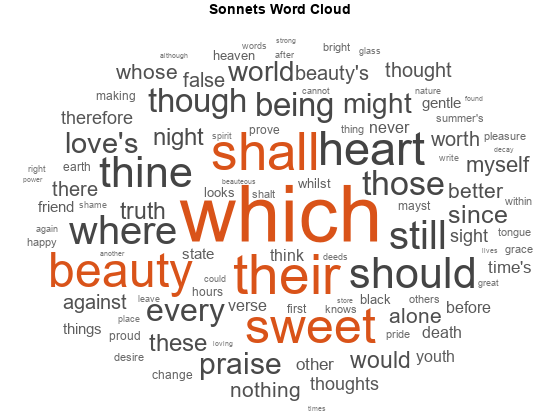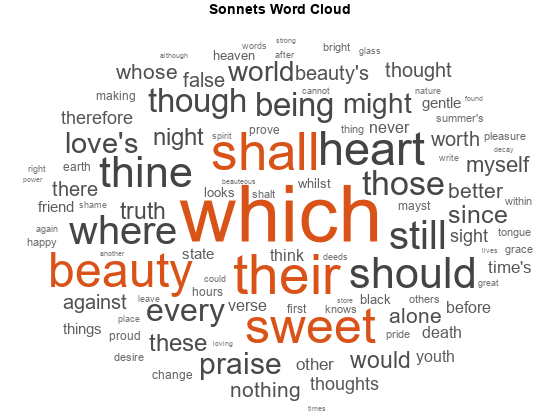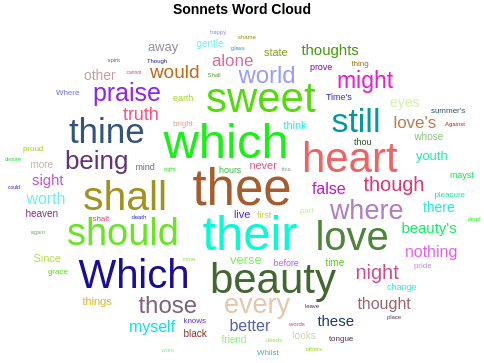wordcloud
Create word cloud chart from text data
Syntax
Description
wordcloud(___,
specifies additional Name,Value)WordCloudChart properties using one or
more name-value pair arguments.
wordcloud(
creates the word cloud in the figure, panel, or tab specified by
parent,___)parent.
wc = wordcloud(___)WordCloudChart object. Use wc
to modify properties of the word cloud after creating it. For a list of
properties, see WordCloudChart Properties.
Note
Text Analytics Toolbox extends the functionality of the wordcloud (MATLAB®) function. It adds support for creating word clouds directly from string arrays,
and creating word clouds from bag-of-words models, bag-of-n-gram models, and LDA
topics. For the wordcloud (Text Analytics Toolbox) reference page, see wordcloud (Text Analytics Toolbox).
Examples
Input Arguments
Name-Value Arguments
Output Arguments
Tips
Text Analytics Toolbox extends the functionality of the wordcloud (MATLAB) function. It adds support for creating word clouds directly from string arrays,
and creating word clouds from bag-of-words models, bag-of-n-gram models, and LDA
topics. For the wordcloud (Text Analytics Toolbox) reference page, see wordcloud (Text Analytics Toolbox).
Extended Capabilities
Version History
Introduced in R2017b




